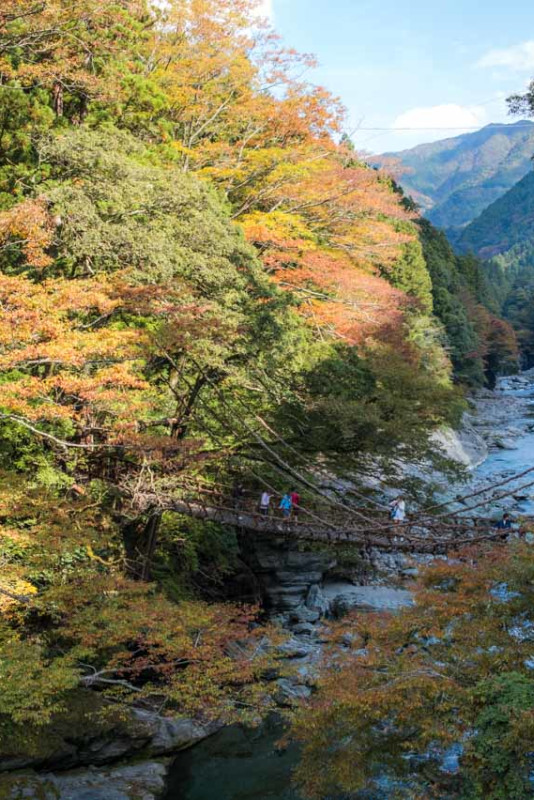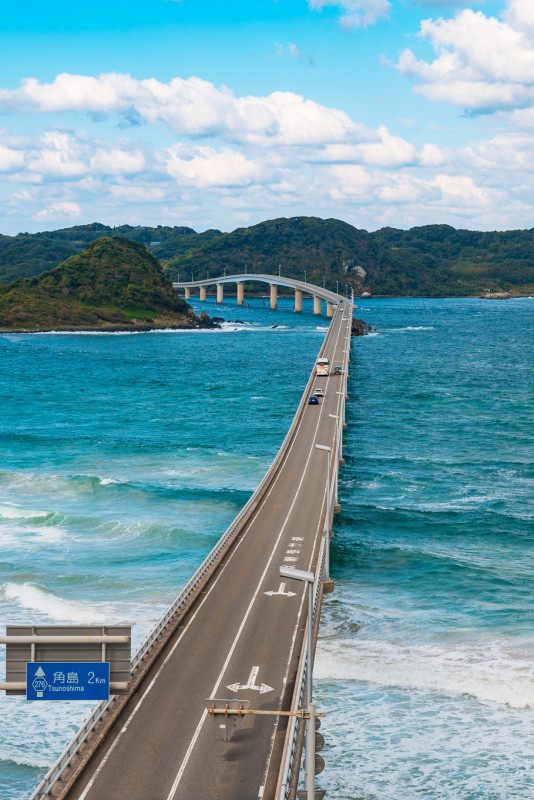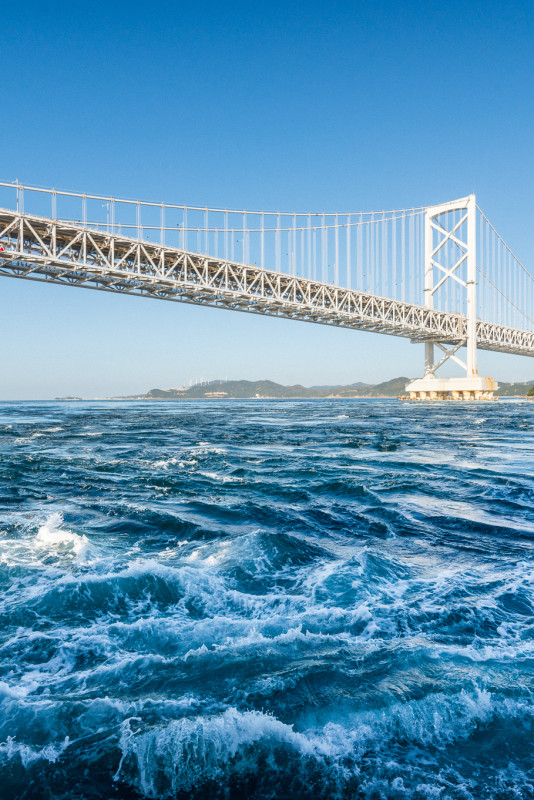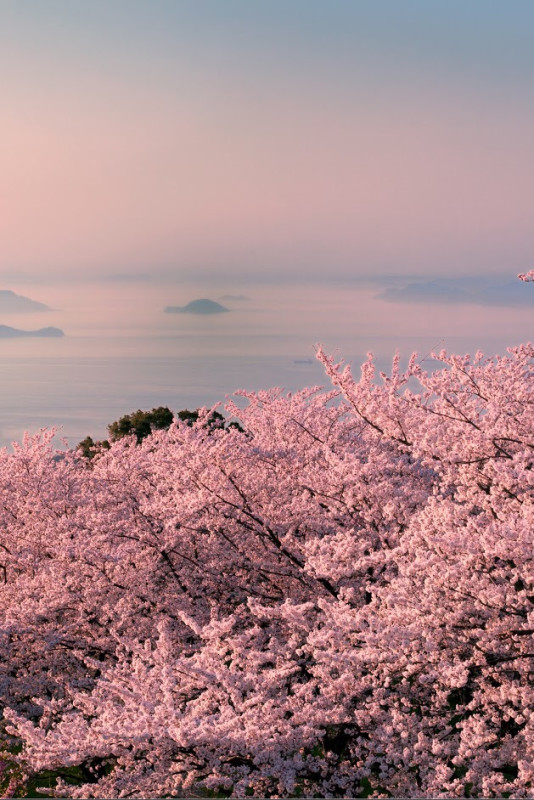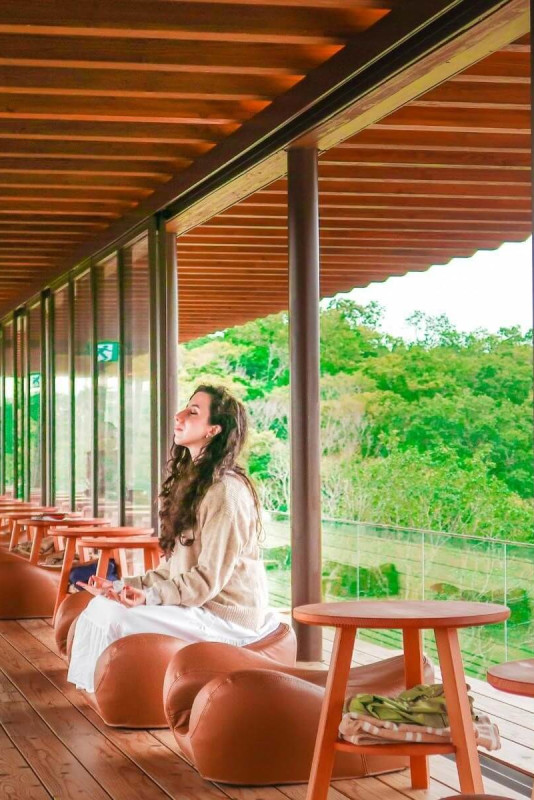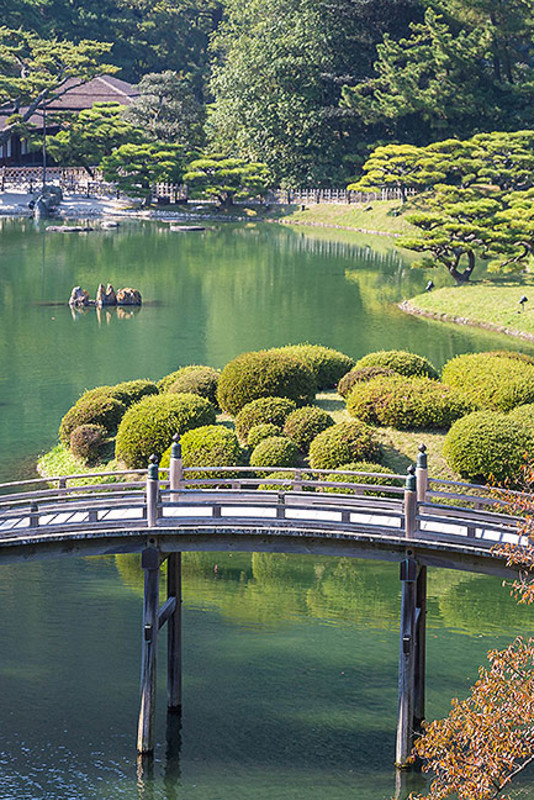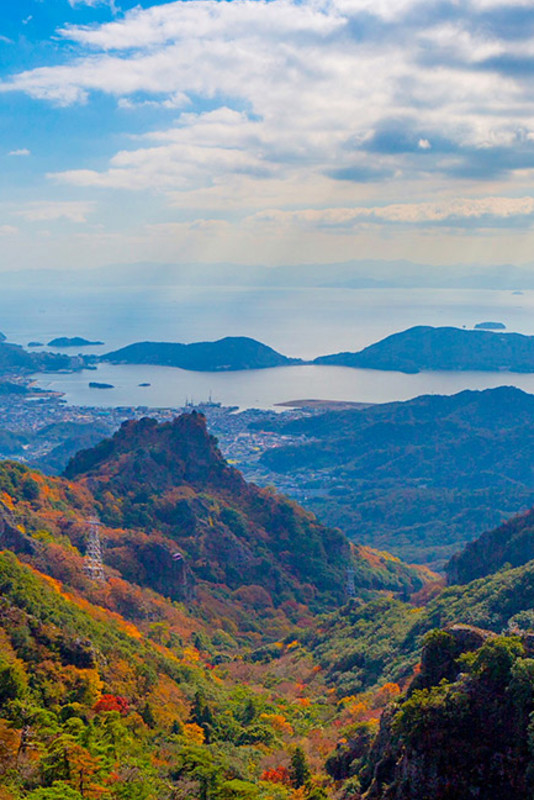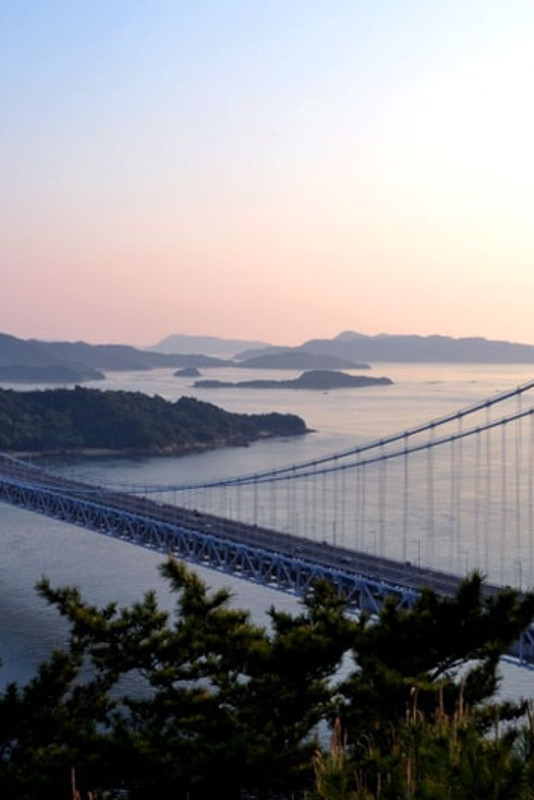Itineraries
Setouchi’s Diverse Beauty — A journey filled with natural, traditional, and contemporary arts
Highlights
Before & After
To get to our starting destination of Takamatsu, take the Shinkansen to JR Okayama station, then board a conventional train to Takamatsu City. The trip should take approximately 2 hours from Osaka.
From Matsuyama City in Ehime Prefecture, it’s convenient to use Matsuyama Airport or JR Matsuyama Station to return to Okayama which provides direct access to the Shinkansen.

A short flight takes you to the heart of beauty and art in Setouchi
Setouchi’s volcanic islands rising out of the calm green waters form a stunning natural artwork. No wonder Japanese gives us the word tatoubi — literally, the beauty of a broad horizon studded with islands.Though, if the archipelago’s high ranking in the New York Times’ 52 Places to Go in 2019 is any indication, the rest of the world is fast catching on to the allure of these islands. Yet not to be outdone by mother nature, a group of islands in the east of Setouchi have recreated themselves as art havens, attracting world-class architects and renowned contemporary artists. Spearheaded by Kagawa prefecture’s Naoshima island, this art-filled archipelago provides a fascinating array of projects, sculptures, installations, and breathtakingly designed museums. Nearby Takamatsu Port offers easy ferry access to the art islands. And if you can coincide your trip with the Setouchi Triennale, you’re in for a special treat. Held every three years, the Setouchi Triennale delivers the cutting edge in contemporary art at museums, galleries, and installations across a dozen islands. For those on a short visit, or travelers wanting to maximize their time in this fascinating part of Setouchi, we recommend flying directly to Takamatsu Airport. Takamatsu not only gives easy access to the art islands, but places many of Setouchi’s other attractions within comfortable reach as well. After landing, you can wander around Ritsurin Garden, Japan’s largest traditional Japanese garden; visit Kotohira-gu shrine, one of Japan’s most storied shrines; or hit up Konpira Grand Theatre, the oldest — and one of the most famous — theaters in Japan. Of course, no trip to Kagawa would be complete without a bowl or two of thick white udon noodles. Served hot or cold, the artistry that has gone into making these slightly firm noodles will delight your taste buds. Whether it’s contemporary art nestled in stunning scenery, exquisite gardens, or a deep dive into Japan’s traditional arts, you’ll find it here at the center of the Setouchi Sea, just one short flight from Japan’s major cities.
- Day 1
- Takamatsu
Take in panoramic scenery and visit one of Japan’s premiere gardens
Only a short drive from Takamatsu Airport lies Ritsurin Garden, the largest — and one of the most beautiful — Japanese gardens in the country. For hundreds of years, Ritsurin’s precisely manicured landscape was reserved exclusively for the aristocracy. But today, everyone can experience this careful orchestration of nature in miniature. A contrast in scale, our next destination, Yashima, provides a great vantage point to take in the panoramic tatoubi views of the Seto Inland Sea National Park. We top off our day with a leisurely stroll along Takamatsu’s Marugamachi, a covered shopping street stretching nearly three kilometers.
Ritsurin Garden — Yashima — Takamatsu Marugamemachi Shopping Street
- Day 2
- Naoshima / Teshima , Uno port
A boat ride to the islands of contemporary art
An easy boat ride from Takamatsu Port brings us to Naoshima, Setouchi’s foremost art island. Naoshima boasts some contemporary art museums, many designed by world-renowned architect Tadao Ando, as well as a wealth of statues and installations, including Yayoi Kusama’s famous Red Pumpkin. For those with a little extra time in their schedule, be sure to visit the neighboring art island of Teshima, where the Teshima Art Museum will test your perception of nature. Megijima, Ogijima, and Shodoshima also offer much to satisfy art buffs traveling at a more relaxed pace. The final destination for the day is Uno Port in Okayama. Here you can see “Chinu,” a massive art installation in the shape of a Black Bream fish, and reflect on the day while relaxing in the baths of nearby Tamano-yu onsen.
Takamatsu Port — Naoshima / Teshima — Uno
- Day 3
- Kotohira
The sublime beauty of traditional Japanese arts and architecture
Our final day turns back the clock for a celebration of the finest in traditional arts and culture. The first port of call is Kotohira-gu shrine, affectionately known as Konpira-San — the revered main temple of the Konpira sect. The 1,368 steps to the inner shrine offer spectacular views. At the 785th step — about half way up — you’ll reach the main hall where graceful curves of ancient temple architecture, exquisite paintings, and rare cultural objects await your discovery. Next stop is nearby Kanamaru-za, known in English as Konpira Grand Theatre. Built in 1835, it stands today as Japan’s oldest complete playhouse. Here you can explore the inner workings of an Edo theatre, and — if you time it right — even catch one of their regularly scheduled Kabuki performances. Before heading back to Takamatsu Airport, give your tired muscles a treat with a leisurely bath in the rejuvenating alkaline waters of Buzzhozan Onsen.
Kotohira-gu Shrine — The Konpira Grand Theatre — Busshozan Onsen













































